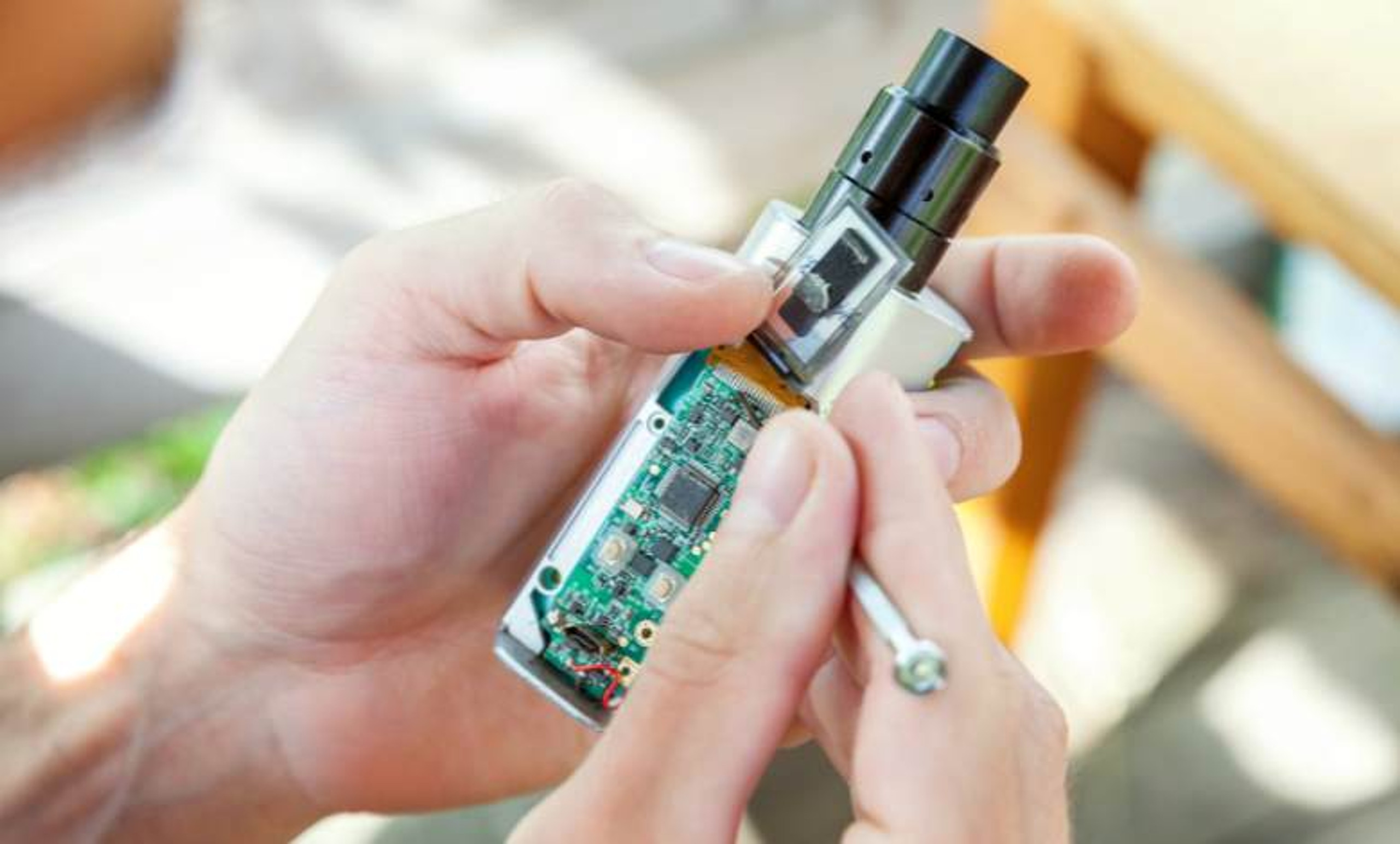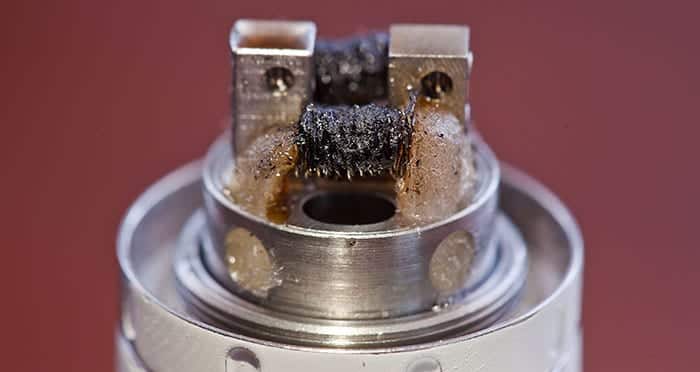Is It Bad To Smoke A Burnt Vape

The acrid taste hits the back of your throat, a burning sensation unlike the usual smooth draw of your vape. You’ve just taken a hit from a burnt coil, and the immediate question arises: how bad is this for you?
The allure of vaping, often perceived as a safer alternative to traditional smoking, masks a growing concern: the potential health risks associated with inhaling vapor from burnt vape devices.
While research on the long-term effects is still emerging, the immediate and potential dangers of vaping burnt substances demand serious attention.
Understanding the "Burnt Vape" Phenomenon
The "burnt vape" taste occurs when the coil inside the vaping device overheats and dries out, leading to the combustion of the wicking material, usually cotton.
This combustion releases harmful chemicals and particles that are inhaled directly into the lungs.
The fundamental problem is that overheating degrades the e-liquid and coil, creating byproducts not intended for inhalation.
The Nut Graf: Unpacking the Risks
This article delves into the specific dangers of inhaling vapor from burnt vapes, examining the chemical compounds produced, the potential short-term and long-term health effects, and expert opinions on mitigating these risks.
We will explore the science behind coil burning, the role of e-liquid composition, and practical steps vapers can take to avoid this unpleasant and potentially harmful experience.
The aim is to provide a comprehensive overview grounded in scientific evidence, empowering readers to make informed decisions about their vaping habits.
Chemical Compounds and Health Concerns
When a vape coil burns, it produces a range of harmful chemicals that are absent or present in much lower concentrations in properly vaporized e-liquid.
Among the most concerning are carbonyl compounds like formaldehyde, acetaldehyde, and acrolein, all classified as irritants and potential carcinogens.
According to the American Cancer Society, formaldehyde, for example, is a known human carcinogen, and even short-term exposure can cause respiratory irritation and eye damage.
Respiratory Irritation and Lung Damage
Inhaling vapor containing these chemicals can lead to immediate respiratory problems.
These problems include coughing, wheezing, shortness of breath, and chest pain.
Long-term exposure may contribute to the development of chronic respiratory diseases, although further research is needed to fully understand the extent of this risk. Dr. Emily Carter, a pulmonologist at the American Lung Association, warns that "any form of inhaled combustion byproduct is detrimental to lung health, and burnt vape is no exception."
Metal Exposure
Another concern is the potential for metal exposure.
The heating coils in vapes are often made of metals like nickel, chromium, and aluminum.
Overheating can cause these metals to leach into the vapor, posing a risk of metal fume fever or, in the long term, potentially contributing to neurological or other health problems. A study published in Nature showed a correlation between vaping and increased levels of heavy metals in the body.
Mitigating the Risks: Prevention and Best Practices
The most effective way to avoid the health risks associated with burnt vapes is to prevent the coil from burning in the first place.
Several strategies can help reduce the likelihood of coil burning.
Proper priming of the coil, using appropriate wattage settings, and avoiding chain vaping are key preventative measures.
Priming the Coil
Priming involves saturating the coil with e-liquid before first use.
This ensures that the wicking material is fully saturated and prevents dry hits, which lead to burning.
Most vape manufacturers recommend priming new coils by dripping e-liquid directly onto the wicking material until it is visibly soaked.
Wattage and E-Liquid Considerations
Using the correct wattage settings is crucial.
Exceeding the recommended wattage for a particular coil can cause it to overheat and burn quickly.
Also, thicker, higher-VG e-liquids can sometimes struggle to wick properly, leading to dry hits. Opting for e-liquids with a higher PG ratio may help to keep the coil saturated.
Avoiding Chain Vaping
Chain vaping, or taking frequent, consecutive puffs, doesn't give the wicking material enough time to re-saturate with e-liquid.
This can lead to dry hits and coil burning.
Allowing a few seconds between puffs allows the wick to re-saturate.
Expert Perspectives and Ongoing Research
The scientific community is actively researching the health effects of vaping, including the specific dangers of inhaling vapor from burnt vapes.
While definitive long-term studies are still underway, preliminary findings highlight the potential risks associated with exposure to the chemical compounds produced during coil burning.
Dr. Michael Stephens, a researcher at the National Institutes of Health (NIH), emphasizes the need for further investigation into the specific health consequences of burnt vape, urging caution and adherence to best practices to minimize exposure.
Moving Forward: Informed Choices and Responsible Vaping
Vaping, while often presented as a safer alternative to smoking, is not without its risks.
Inhaling vapor from burnt vapes presents a unique set of potential health concerns.
By understanding the science behind coil burning, adopting preventative measures, and staying informed about the latest research, vapers can make responsible choices to minimize their risk and protect their health.
The future of vaping regulations and product development may hinge on further research into these issues, leading to potentially stricter safety standards and improved device designs that minimize the risk of coil burning.
Until then, awareness and responsible practices are paramount.
Ultimately, avoiding the burnt taste is not just about a more pleasant vaping experience; it’s about safeguarding your health.
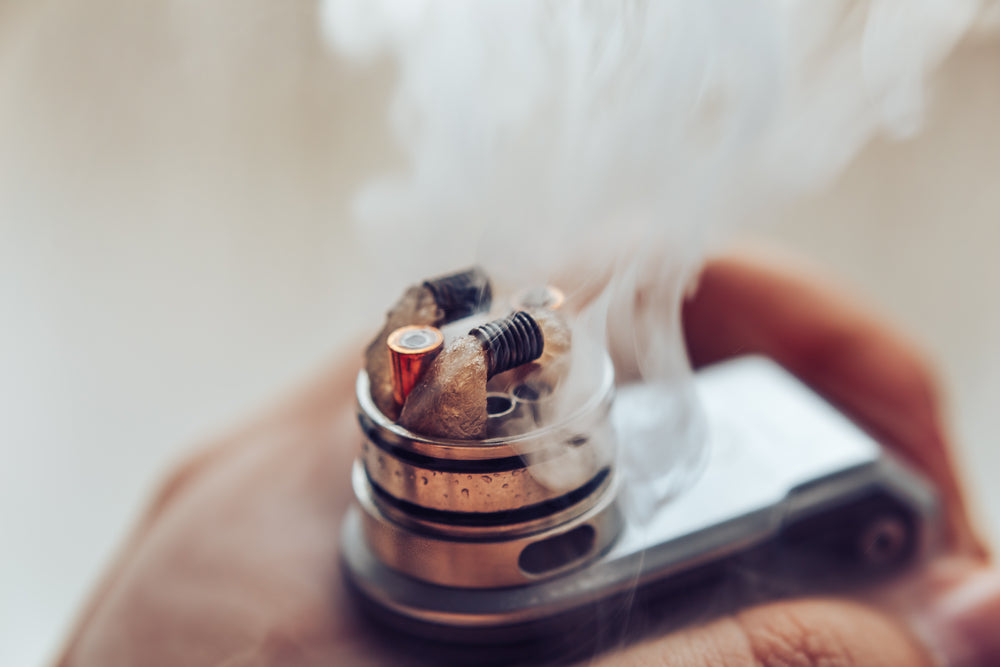
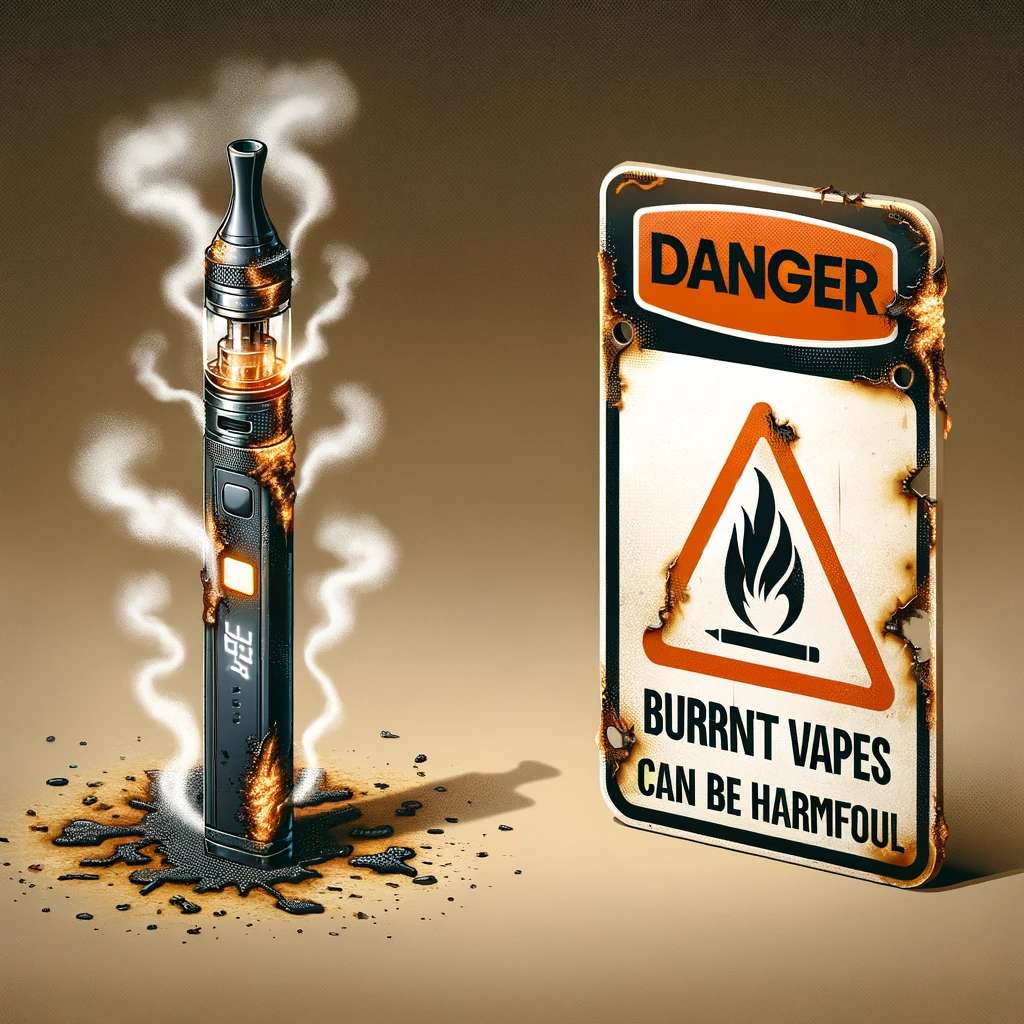
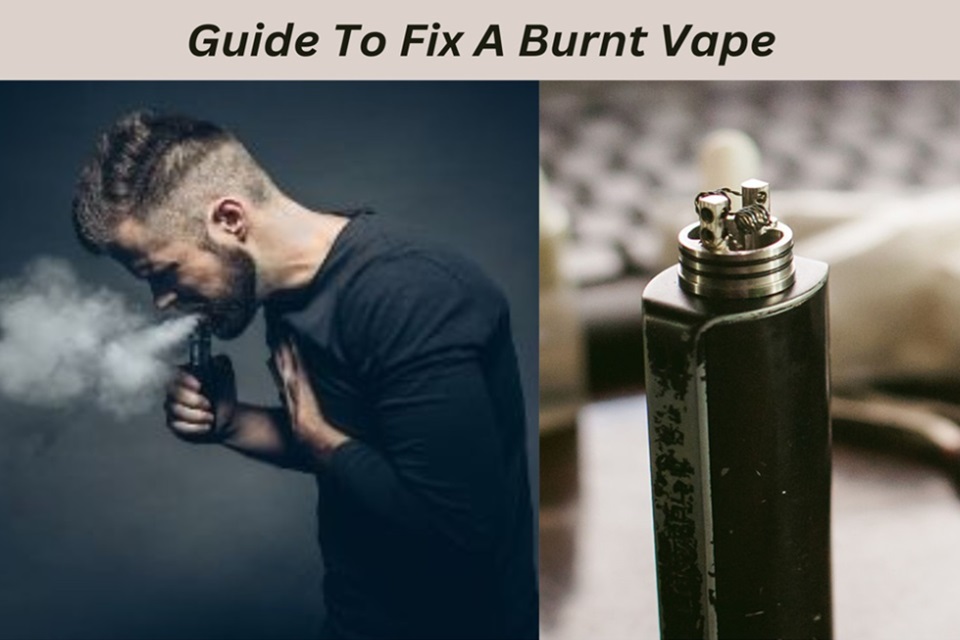

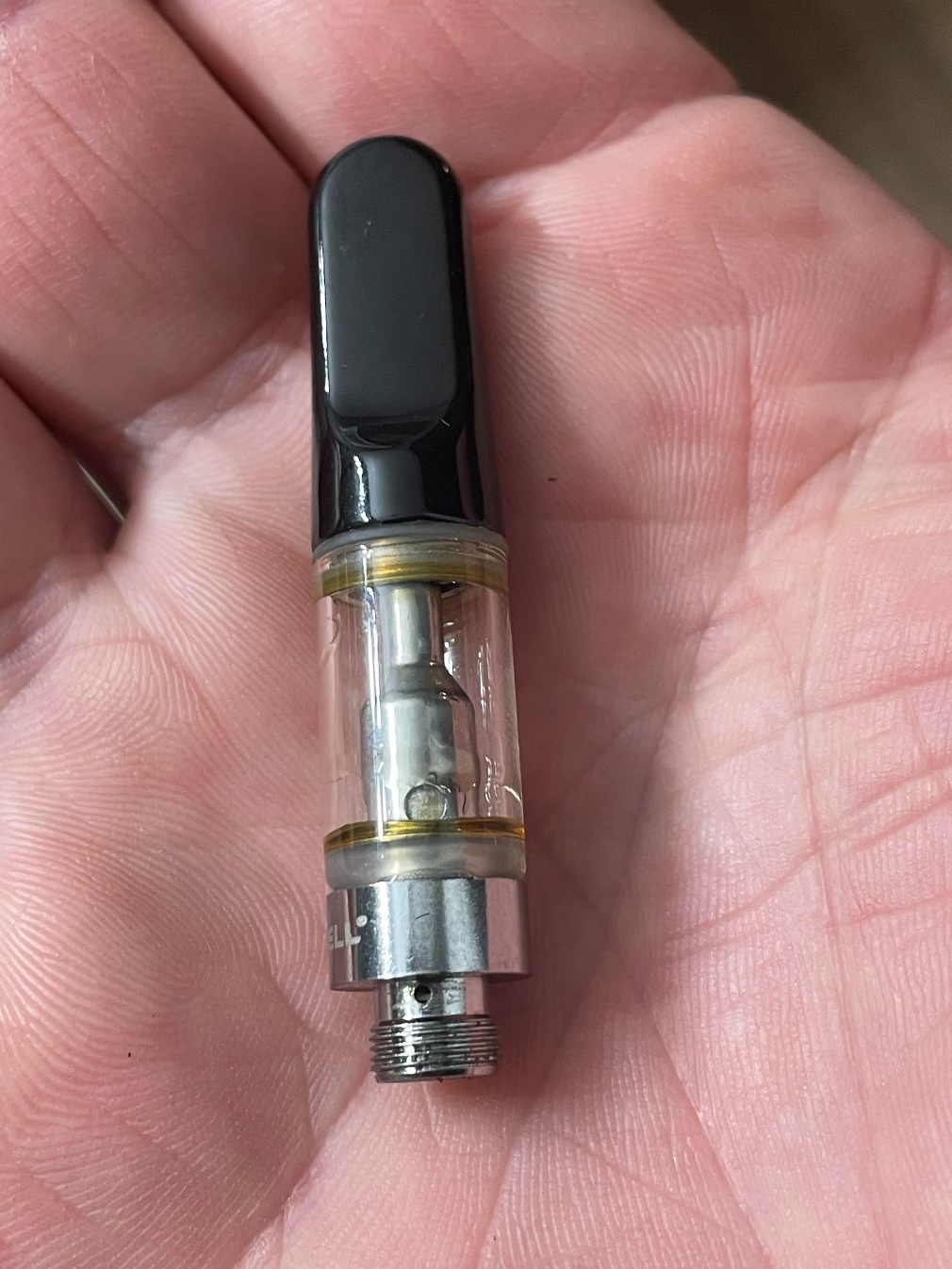



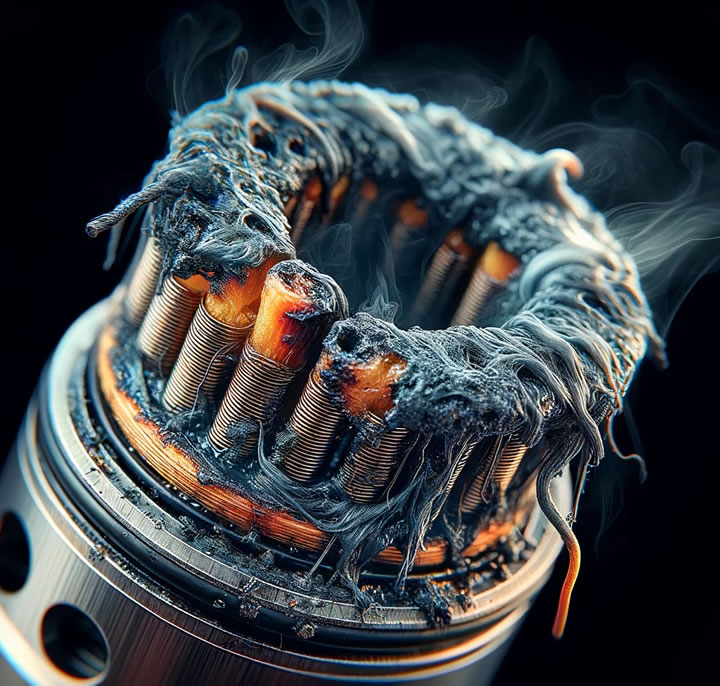



![Is It Bad To Smoke A Burnt Vape How To Fix a Burnt Vape [An Easy 3-Step Guide] - Exhale Wellness](https://www.exhalewell.com/wp-content/uploads/2024/05/fixing-a-burnt-vape-with-new-parts.jpg)
